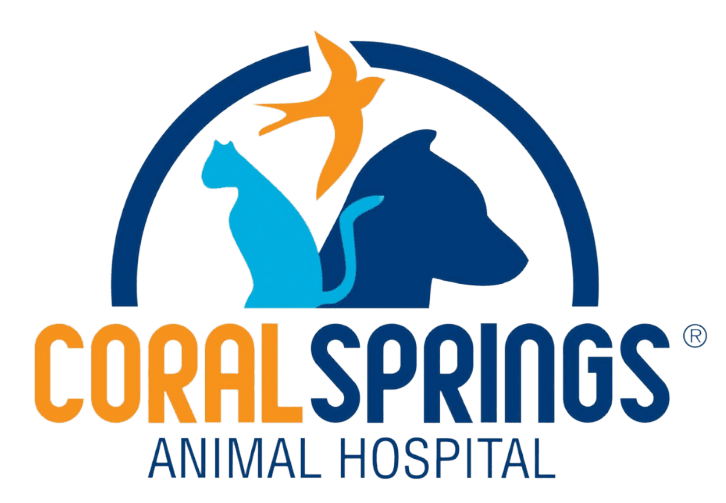Cat & Dog Surgery in coral springs, fl
Advanced Procedures. Fear Free Comfort. Around-the-Clock Care.
At Coral Springs Animal Hospital, we understand that the thought of surgery for your pet can be overwhelming. That’s why we combine advanced surgical expertise with a deeply compassionate, Fear Free approach to care, easing the nerves of both you and your four-legged companion.
Whether your pet needs a routine procedure or a more complex operation, you can count on our experienced team to provide the safest, most comfortable experience possible—from the initial consultation to the moment you’re reunited after recovery. If a surgical procedure is in your pet’s future, let us answer your questions and ease your concerns.
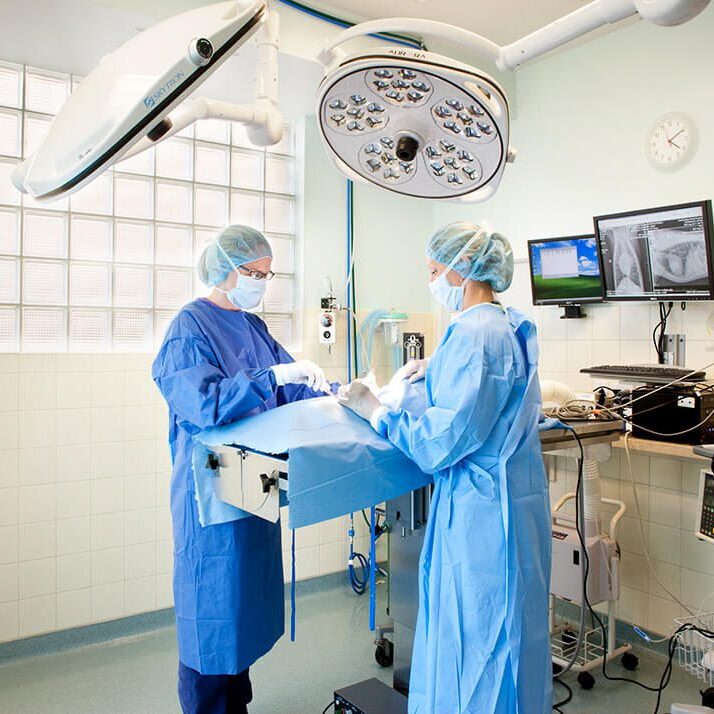
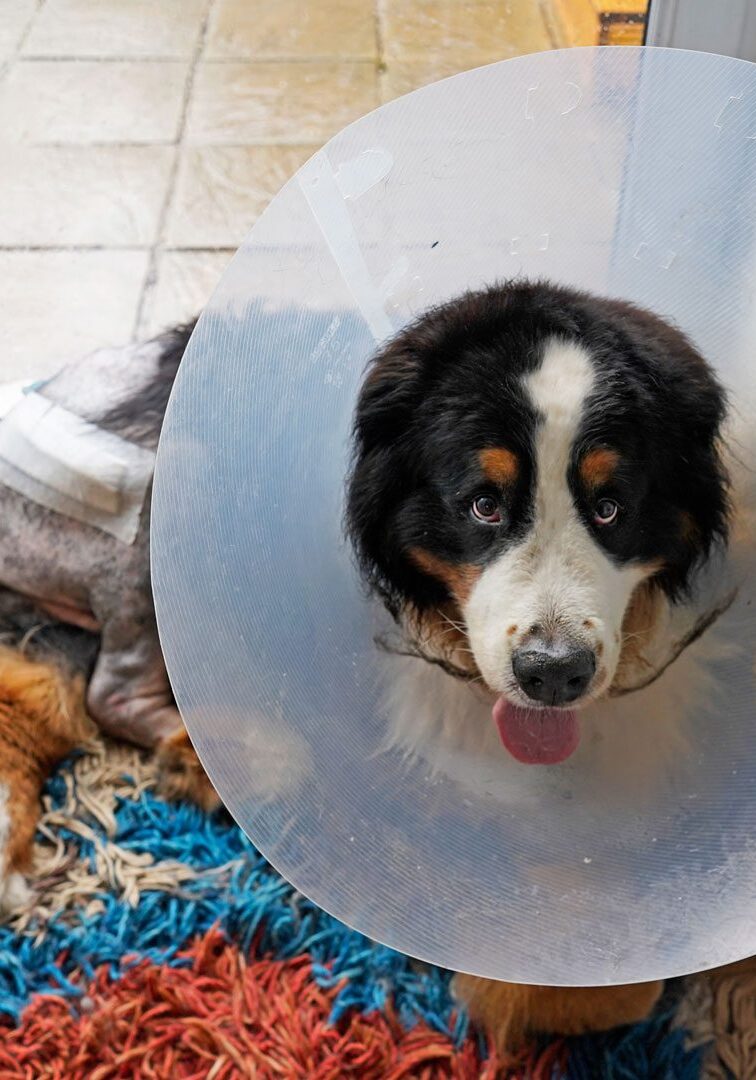
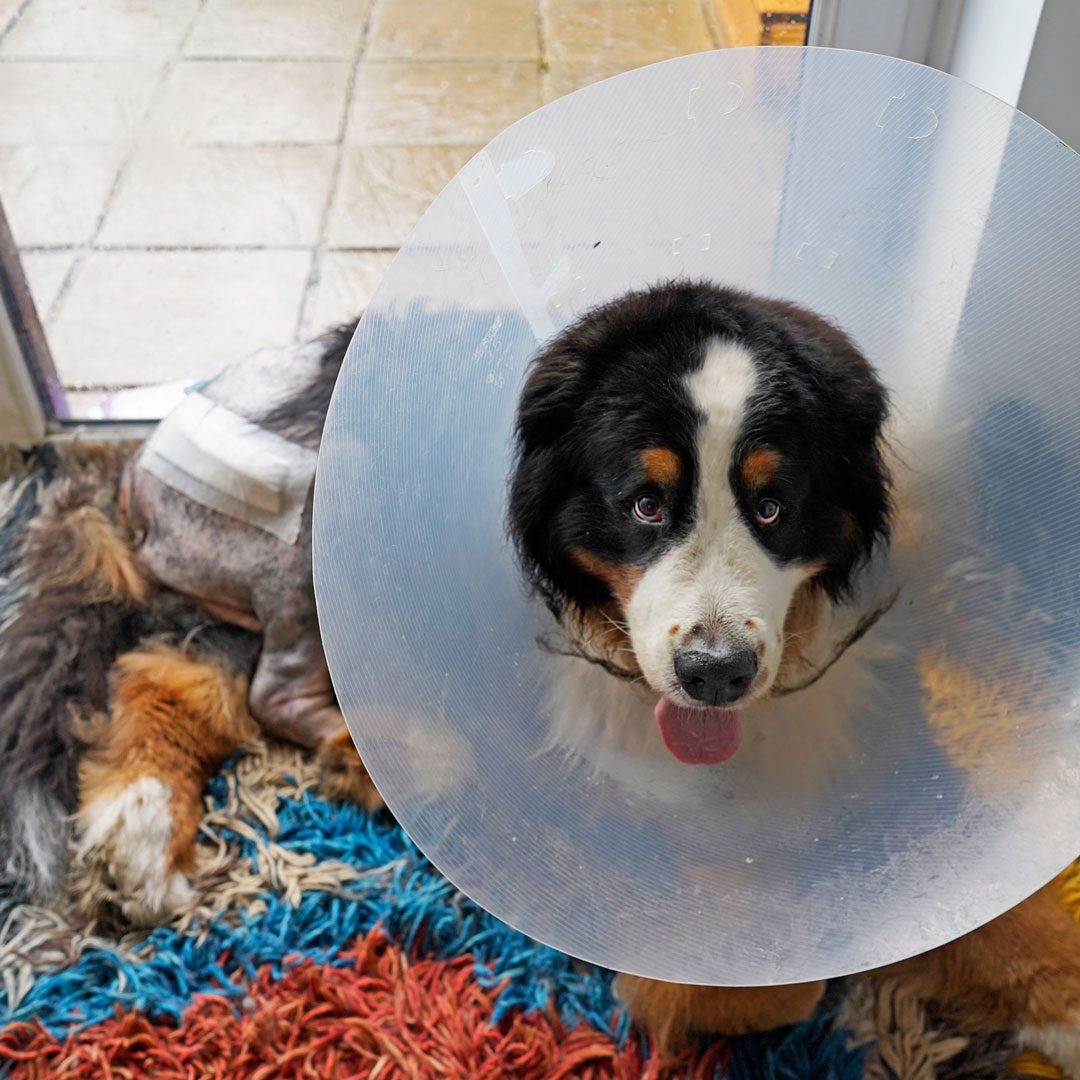
Pet Surgeries We Offer in South Florida
No matter what surgical procedure your pet may need, you can count on our Coral Springs veterinary team to deliver expert care with a gentle touch. Some of the surgeries we perform include:
-
Spays and neuters
-
Routine soft tissue surgery (mass removals, biopsies, laceration repair)
-
Abdominal surgeries (foreign body removal, bladder surgery, gastrointestinal procedures)
-
Orthopedic surgery (fracture repair, cruciate ligament surgery)
-
Laparoscopic (minimally invasive) procedures
-
Emergency surgery
If your pet requires an advanced soft tissue or orthopedic procedure, our collaborative team ensures continuity of care with a seamless transfer to our specialty surgery department.
Spay & Neuter Surgery for Coral Springs Pets
Spaying or neutering your pet is one of the most important steps you can take toward a longer, healthier life for your cat or dog—and a more peaceful household, too.
At Coral Springs Animal Hospital, our team performs every spay and neuter procedure with precision, compassion, and expertise to ensure a Fear Free experience. Your pet is monitored before, during, and after surgery by our highly trained team, and you can trust that their comfort is always top of mind.
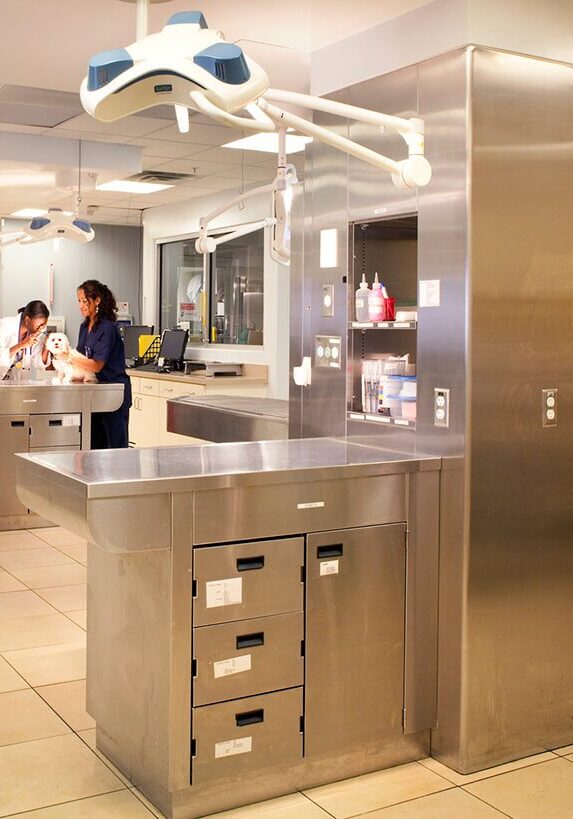
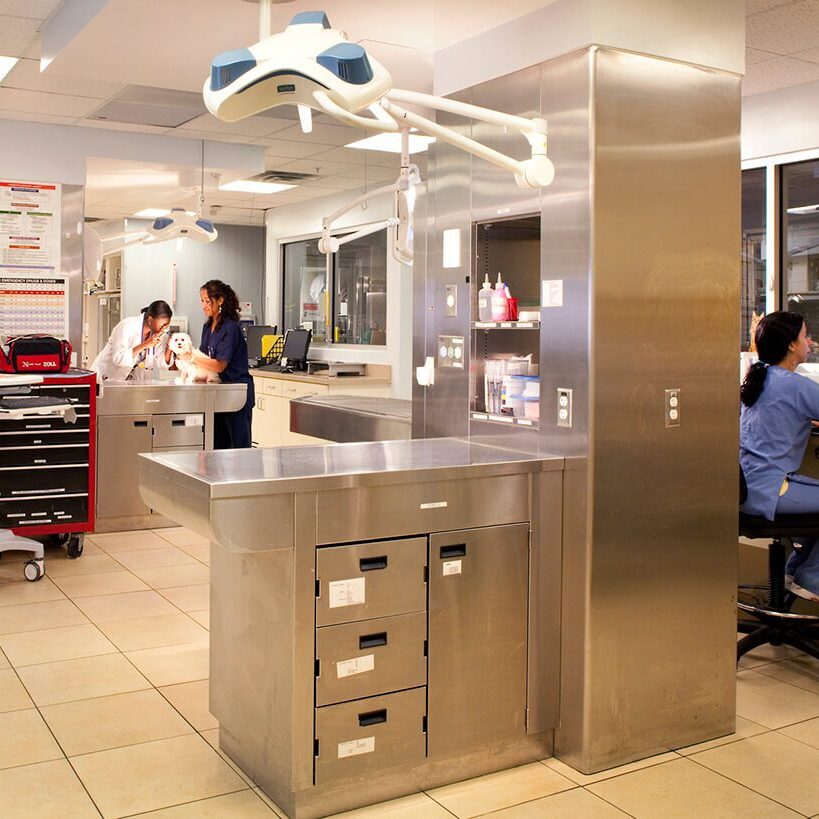
Less Stressful Surgery for Every Pet
We know surgery can be stressful—for both you and your pet. That’s why our approach blends best-in-class veterinary medicine with gentle care and communication. Whether it’s a routine procedure or a complex surgery, you’ll feel confident knowing your pet is in loving, expert hands.
Ready to schedule a surgical consultation or your pet’s spay or neuter? Contact us today—we’re here to provide a smooth surgical experience for you and your four-legged companion.
